Posted January 5, 2024 by Tiffany Lee
In case you missed these stories highlighting research and creative activity at the University of Nebraska-Lincoln, the Office of Research and Economic Development’s communications team has compiled a roundup of some recent top stories from research.unl.edu and other sources.

Rojas expands plant pathology research, outreach at Nebraska
Who: Clemencia Rojas, associate professor of plant pathology
What: Rojas joined UNL in January 2023, bringing with her multiple sources of National Science Foundation funding. One trajectory of her work, which is supported by an NSF Faculty Early Career Development Program grant, focuses on the complex interplay between plant-invading bacteria and the plant’s immune response. Another branch of her research, supported by an NSF Innovation Corps grant, is development of a biological method for controlling bacterial panicle blight, or BPB, which causes significant yield losses. Rojas believes the resources and expertise available at Nebraska will help advance her research program.
“I came to Nebraska for the opportunity to do more collaborative research,” said Rojas, a member of Nebraska’s Center for Plant Science Innovation. “When I interviewed, I was fascinated by the facilities, people were extremely nice and I could immediately see how much more I could do.”
Writer: Tiffany Lee, Office of Research and Economic Development
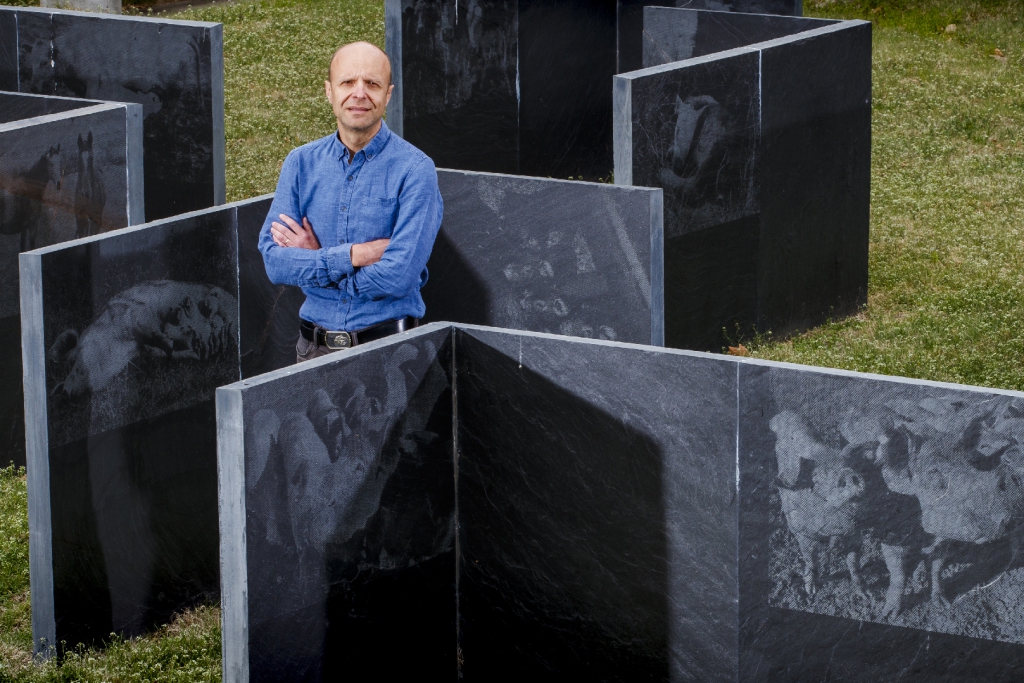
Ciobanu named fellow of the National Academy of Inventors
Who: Daniel Ciobanu, professor of animal science
What: Ciobanu, a world-renowned molecular geneticist, was named a fellow of the National Academy of Inventors, the highest professional distinction accorded solely to academic inventors. Ciobanu’s work has significantly impacted the field of animal genetics, with a particular focus on swine. His work to identify genetic variants that affect traits like viral disease susceptibility, sow fertility and meat quality has led to three U.S. patents and two international patents. Technologies stemming from Ciobanu’s work are used routinely by swine genetics companies in the United States, which produce over 100 million pigs annually and many more internationally.
“My research accomplishments represent a collaborative effort with contributions from many colleagues across multiple disciplines,” Ciobanu said. “I am honored to be inducted as a fellow of the academy, and it is very special to me to be nominated by my colleagues and mentors who helped shape my career.”
Writer: Tiffany Lee, Office of Research and Economic Development
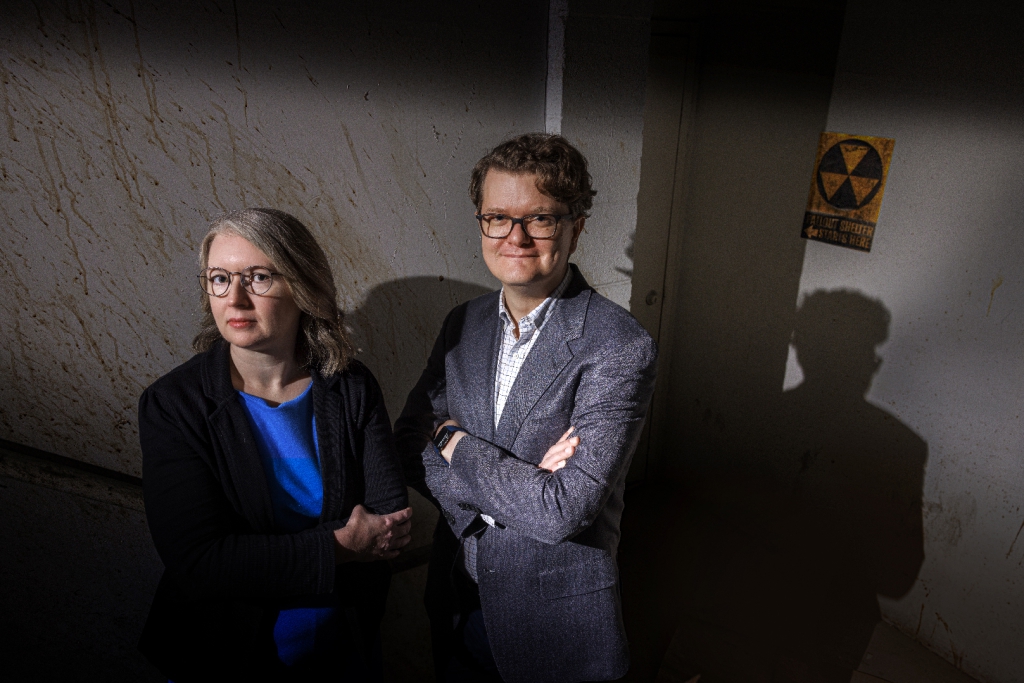
Nebraska team launches study of Congress and nuclear weapons policy
Who: Ingrid Haas, associate professor of political science; Geoff Lorenz, assistant professor of political science; Rupal Mehta, associate professor of political science
What: The Husker researchers are launching a two-year study of Congress’s involvement in nuclear weapons policy, believed to be the first comprehensive look at the topic in more than 30 years. The work is supported by a $428,000 grant from the Carnegie Corporation. The team will explore the factors underlying the changing role of Congress in influencing nuclear policy: Congress’s historical deference to the president in this area is waning alongside increasing political polarization and conflicts abroad. The researchers will examine the psychological and neural underpinnings of nuclear policy decision-making; assemble data about congressional involvement in nuclear weapons policy; and trace how and why individual members of Congress become influential in this sphere.
“There may be no more important time for these insights than now,” the researchers said in their proposal. “The proliferation of nuclear weapons, and nuclear security more broadly, pose a substantial threat to the security and stability of the international system.”
Writer: Leslie Reed, University Communication and Marketing
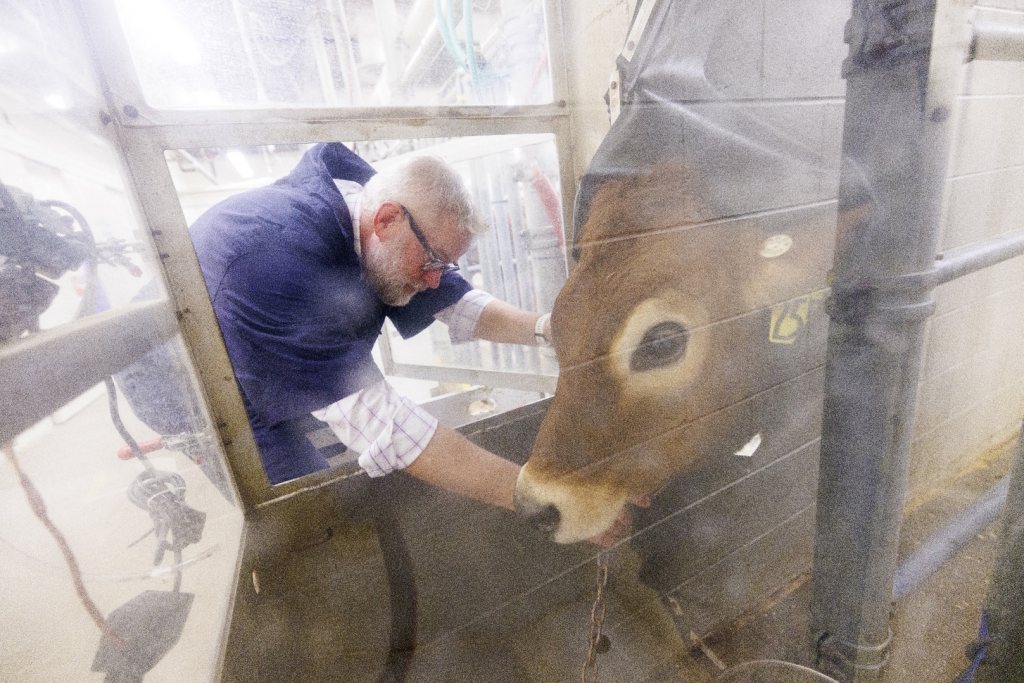
Husker team receives $5M grant to reduce methane emissions from cattle
Who: Paul Kononoff, professor of animal science; Samodha Fernando, professor of animal science; Matt Spangler, professor of animal science; Galen Erickson, professor of animal science; Jessica Sperber, extension assistant professor of animal science; Richard Stowell, professor of animal science; Tami Brown-Brandl, Splinter Chair of biological systems engineering; James Wells and Bryan Neville from the U.S. Meat Animal Research Center
What: With a $5 million grant from the U.S. Department of Agriculture, Kononoff’s team is exploring the interrelationships among animal genetics, the gut microbiome and nutrition, with the ultimate goal of developing tools and management practices that can lower methane emissions from livestock. During digestion, the digestive system of ruminant animals produces methane, a greenhouse gas, as a byproduct. The research will lead to new tools and practices for producers to reduce methane production from animals, make better breeding decisions and improve feed efficiency.
“This research should further support the many sustainable practices that beef and dairy producers currently employ in delivering food to consumers, opening new doors so that this food is produced in a manner that lessens the effect on the climate and Earth we all live on,” Kononoff said.
Writer: Eric Buck, Animal Science
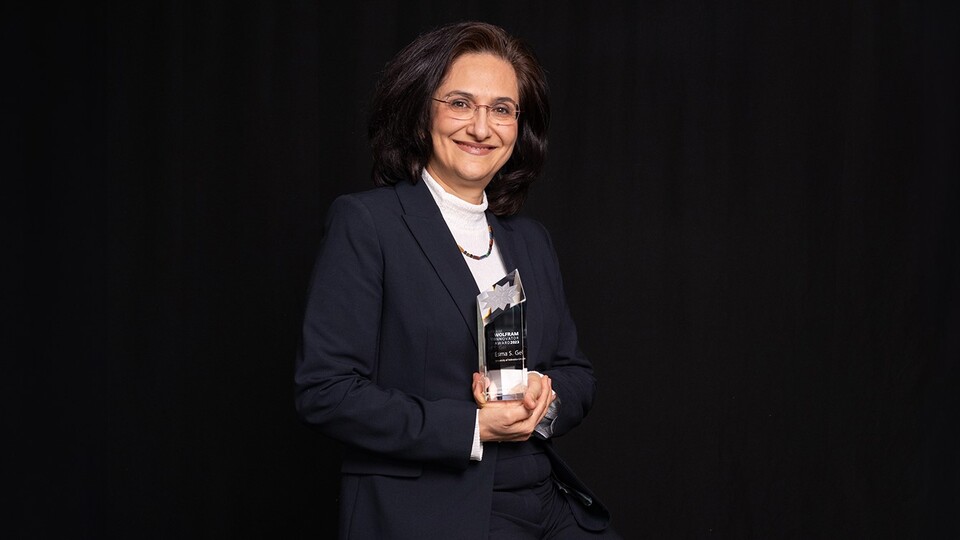
Gel honored for innovative work to project spread of infectious diseases
Who: Esma Gel, Cynthia Milligan Chair of Business and professor of supply chain management and analytics
What: Gel collaborated with researchers at Northern Arizona University and Arizona State University to report periodic COVID-19 projections to the State of Arizona Department of Health Services and the public during the pandemic. Using the software platform Mathematica, the team computed a model that generated answers to various policy questions. For this work, Gel received the Wolfram Innovator Award in November 2023. Her team then wrote a proposal to the National Institutes of Health, which resulted in a $3.5 million grant to help public health experts by developing a platform that compares multiple models to determine their accuracy and optimize their performance.
“Epidemiological modeling is a critical tool for understanding the dynamics of pathogen transmission and predicting future outcomes, supporting public health responses,” Gel said.
Writer: Sheri Irwin-Gish, College of Business
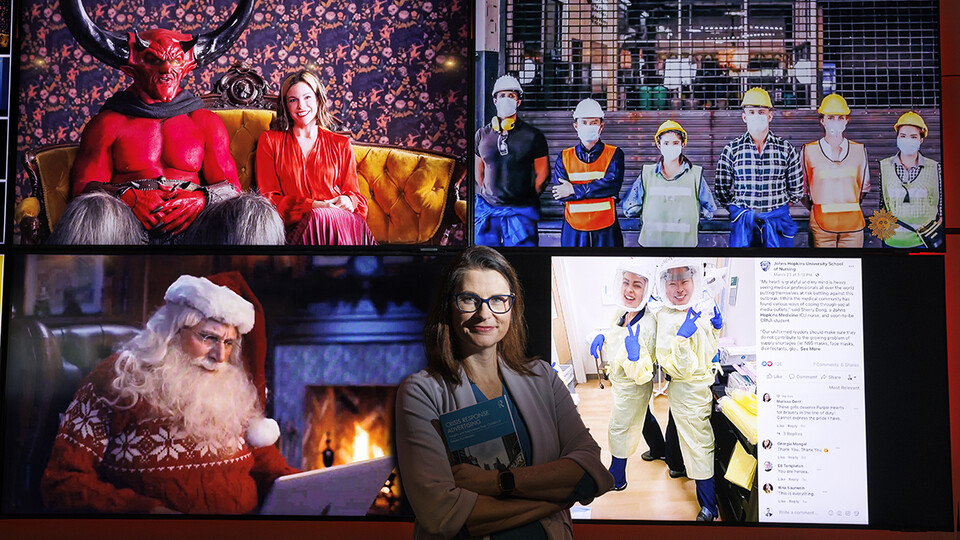
Hachtmann peeks behind the curtain at how COVID-era advertising evolved
Who: Frauke Hachtmann, professor of advertising
What: Hachtmann published a book in summer 2023 called “Crisis Response Advertising: Insights and Implications from COVID-19,” which drew on her research about how advertising agencies advised their clients during the COVID-19 pandemic. Based on these interviews – Hachtmann spoke with 21 industry professionals from 18 top advertising agencies in the U.S. – she formulated the Complex Crisis Response Advertising Model, which provides a pathway for agencies moving through a crisis. She hopes the model serves as a foundation for future research and as an aid for advertising professionals, who were in uncharted territory during the pandemic.
“You had really, really big consumer brands calling their agencies saying, ‘We have no idea what to do,’” Hachtmann said.
Writer: Kristina Jackson, University Communication and Marketing
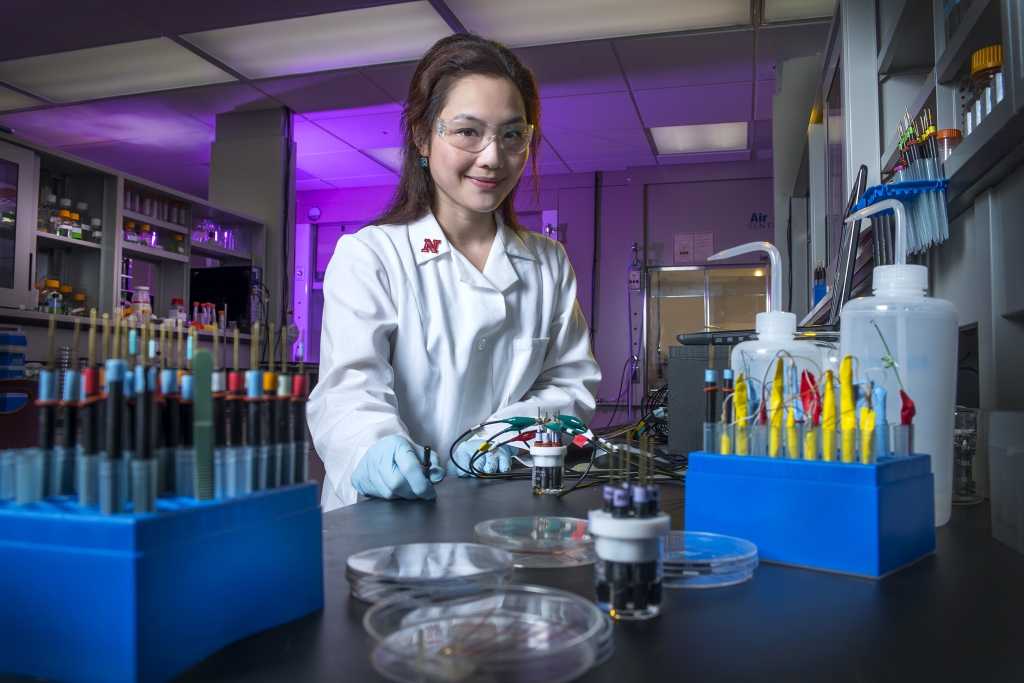
From fashion design to threat mitigation, chemist creates adaptable biosensor strips
Who: Rebecca Lai, professor of chemistry
What: Glucose test strips – small, paper-based strips that test blood sugar levels – are invaluable to diabetics. But at this point, the technology’s usefulness is limited. Lai is trying to change that by developing practical, affordable and easy-to-use paper-based strips that can measure other particles like contaminants, pathogens and chemical agents. These versatile sensors could help detect mercury or nitrate in drinking water, or biological agents like botulinum. Lai’s work to develop next-generation detection technologies also includes the design and fabrication of folding- and dynamics-based electrochemical biosensors, which furthers the mission of the National Strategic Research Institute at the University of Nebraska.
“There will always be new things popping up that people create to harm others or the environment,” Lai said. “We need a technology flexible and cost-effective enough to respond to emergent targets, so we can develop new sensors and create mitigation plans quickly.”
Writer: Katelyn Ideus, National Strategic Research Institute
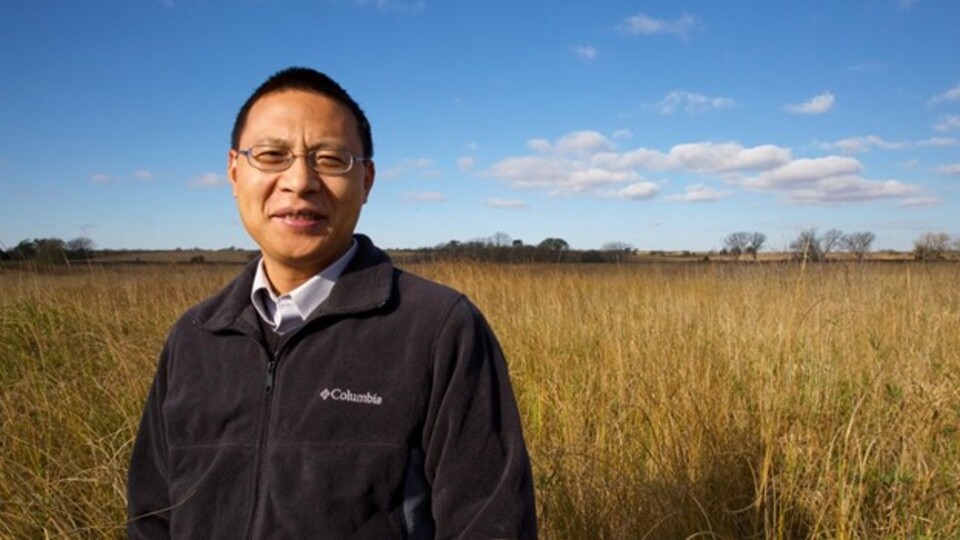
Research aims to conserve and protect wetlands via satellite technology
Who: Zhenghong Tang, professor and director of the Community and Regional Planning Program in the College of Architecture
What: Tang is leading a group pursuing U.S. Department of Agriculture-funded work aimed at developing conservation tools, created from satellite-collected data, that will enable real-time wetland monitoring. The technology will pinpoint areas that are regularly flooded and create maps identifying areas suitable for future conservation efforts. The tools are intended to help reverse the significant loss of natural resources in Nebraska, which includes roughly 98% of tallgrass prairies and 35% of wetlands. Part of the problem is that regionally, there is insufficient scientific data to guide decision- and policymaking.
“Our state’s wetlands and conserved lands are rare ecological gems worth saving,” Tang said. “They are essential ecosystems that seamlessly blend ecological, geological and cultural wonders, rendering them a globally unique, exceptionally biodiverse treasure. Among their standout attributes is their remarkable biodiversity, which nurtures a diverse array of plant and animal species, some of which are found nowhere else on Earth.”
Writer: College of Architecture





